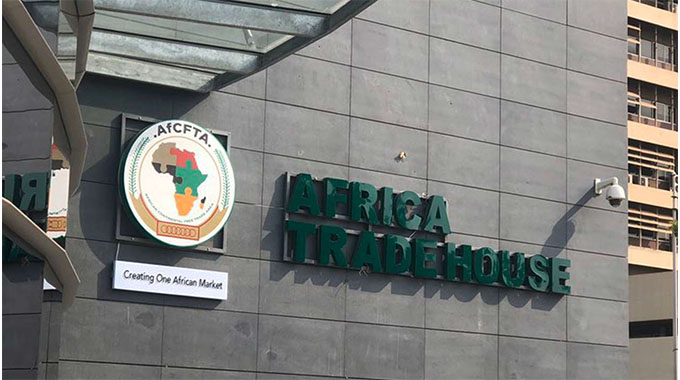Firms urged to apply for Industrial Development Fund

Sikhulekelani Moyo, Business Reporter
GOVERNMENT has urged players in the manufacturing sector chains that are not covered under the US$958 million Special Drawing Rights (SDR) facility to apply for funding under the Industrial Development Fund.
The Industrial Development Fund is under the Industrial Development Corporation of Zimbabwe (IDCZ).
Industry and Commerce Permanent Secretary Dr Mavis Sibanda told participants during the value chains review workshop in Harare this week that the Government continues to render support towards strengthening domestic value chains to promote industrial growth, a development that is aimed at substituting imports and increasing exports of value-added goods.
The Government through the National Development Strategy (NDS) 1, prioritised 10 value chains because of their potential to positively impact different economic indicators such as economic growth, employment and exports.

National Development Strategy 1 (NDS1)
In the same vein, the Zimbabwe National Industrial Development Policy (2019-2023) identified value chain development as key to achieving import substitution and export-led industrialisation.
Dr Sibanda said through the SDR facility, Government has availed funding under the Retooling for New Equipment and Replacement for Value Chain Revolving Fund.
“The support is being extended to Cotton, Leather, Pharmaceutical, Fertiliser and other Agro-processing value chains. These funds are aimed at supporting retooling within selected value chains to increase production for both local and export markets.
“As for those outside the SDR facility, the Government is providing concessionary funding support through the Industrial Development Fund under the

The Industrial Development Corporation of Zimbabwe
(IDCZ). I, therefore, urge members to apply for funding under these two initiatives,” she said.
In February, IDCZ, a wholly owned Government financial institution, said it was offering loans to manufacturers, exporters and importers under the industrial development fund.
IDCZ’s mandate is to support value addition, capital formation, wealth and employment creation through industrial development.
Government is funding a number of programmes aimed at reviving the manufacturing industry in an effort to boost production in order to meet both local and export demand.
It has said it is targeting corporates (brownfield/greenfield) who are into manufacturing and value-adding activities, especially those that are exporting or have potential to export and import substitution with high employment impact.
The agency said the loans to be disbursed would be on a first come first serve basis and the loan tenure is 12 months for working capital and 24 months for capital expenditure.
Dr Sibanda further noted that support has been proffered through various fiscal incentives including the manufacturers’ rebates for Cotton to Clothing, Leather and Pharmaceuticals, ring-fenced facilities for milk powders in the dairy sector, VAT deferments and zero-rated duty on equipment among others.
“Let us use these facilities to improve efficiencies and be competitive as we prepare to trade regionally and continentally under the African Continental Free Trade Area (AfCFTA),” she said.
Zimbabwe was allocated SDR677 million (US$958 million equivalent) by the International Monetary Fund (IMF), which is part of the SDR’s General allocation of US$650 billion that was released last year to all IMF member countries.
It is from these resources that the Treasury channelled part of the funds towards supporting key economic sectors such as horticulture, industry retooling, tourism and smallholder farming irrigation systems.
A total of US$80 million has been set aside for productive sector funding and the Government has since invited local businesses to start accessing the money to boost the country’s economy.

African Continental Free Trade Area (AfCFTA)
Dr Sibanda said despite the global shocks from the Covid-19 pandemic and the Eastern Europe disturbances, the country managed to achieve some great milestones in 2022.
She said capacity utilisation increased from 56 percent in 2021 to 66 percent in 2022 and shelf occupancy for locally produced products in retail shops increased from 70 percent in 2021 to about 80 percent in 2022.
To increase the momentum, she said the ministry is targeting capacity utilisation of 70 percent and a manufacturing growth rate of 2,5 percent. — @SikhulekelaniM1









Comments